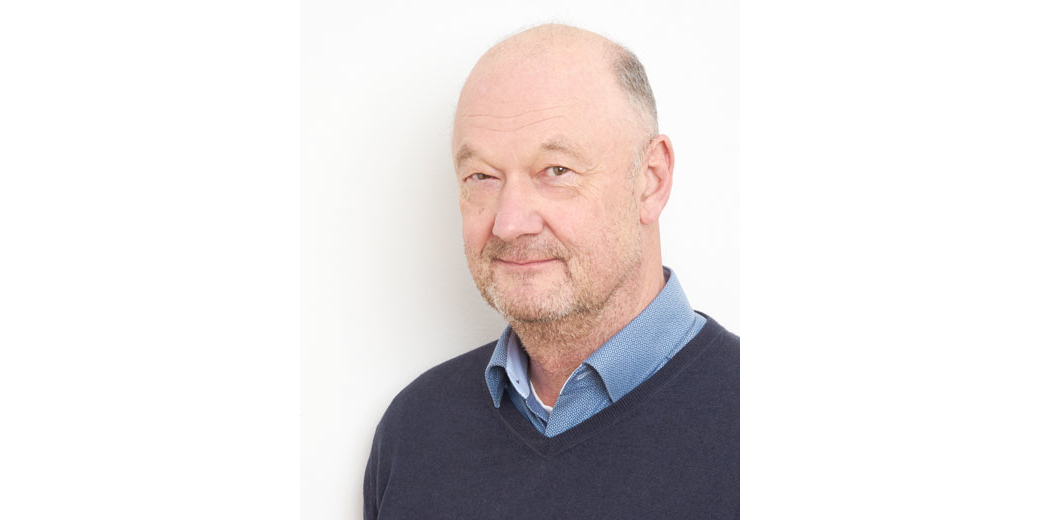What are the main topics of your work?
We are in the midst of a digital revolution that is fundamentally changing our experience and understanding. As a cognitive psychologist, I am therefore concerned with the relationship between reality and digital media – for example, videos, simulations, or virtual realities – in its many different forms. Digital media can mirror reality, they can supplement and deepen it with additional layers of information, but they can also create new worlds or revive past ones. What consequences does this have for our knowledge about ourselves and about the world? What opportunities do digital media offer, what are their limitations? What role does the direct experience of reality, the confrontation with the material and the “authentic” play? In my research group, we conduct empirical studies on these issues in the laboratory and in the field. Current research projects deal, for example, with the role of haptic exploration or the influence of natural sounds on information processing, with the comparison of real and digital spaces, the visualization of uncertainty in digital reconstructions, and the effects of authentic objects and places on learning, motivation, and emotion.
What is most fascinating about the field of informal education to you?
In informal settings, learners typically engage with reality in a direct way. These can be original objects, historical places, living plants and animals, natural history specimens or scientific experiments: In all cases, the focus is on real phenomena, but understanding them often requires guidance that puts them in context and explains them. Museums, memorial sites and science centers have recognized the important role that digital media can play here. I see great potential here for empirical educational research that has hardly been exploited to date.
What is your favorite museum? (Or at least top 3?) And why?
I love museums and when I travel, I take every opportunity to visit museums and exhibitions. I enjoy the silent atmosphere of art museums, where I can contemplate on a work and look at it in all its details; I feel “the aura” when I stand in front of an original find – a small Ice Age figure or an ancient Egyptian sarcophagus from long ago; I feel (at least) 20 years younger when I can playfully explore the science principles behind everyday phenomena in a science center; Dioramas in natural history museums stimulate my imagination and transport me to exotic landscapes; and memorials touch me, remind me of the immense suffering of past generations, and show me how important it is to confront societal aberrations and take a stand.

